Max Verstappen was unable to secure pole position at the Singapore Grand Prix, recording the second-fastest time in qualifying at the Marina Bay Street Circuit.
The Dutchman's best effort was just under two-tenths behind George Russell's Mercedes, who roared to an unexpected pole position.
Nevertheless, he managed to get ahead of both McLarens, with Oscar Piastri and Lando Norris qualifying third and fifth, respectively, marking a significant step forward for Red Bull.
What emerged clearly is that the RB21 appears to be performing comfortably around the streets of the Southeast Asian city-state.
This suggests that the latest development — introduced specifically for this race in the form of a new front wing with a different camber on the final flap — has succeeded in increasing front-end downforce without compromising the excellent balance the car has shown since the introduction of the revised floor at Monza.
That update (see below), in fact, generates significantly more vertical load than its predecessor and, more importantly, distributes it in a way that optimises the car's overall balance.
Passing the litmus test
From the outset, the Singapore weekend was seen — especially by Red Bull’s rivals — as a litmus test for the competitiveness of the RB21.
While the victory in Azerbaijan was not entirely predictable, the Baku City Circuit was widely considered to suit its characteristics.
Singapore, on the other hand, was viewed as one of the most challenging tracks, particularly in light of the RB21's underwhelming performance at high-downforce circuits such as the Hungaroring.
Right from the first practice session, it became evident that the Milton Keynes team's approach echoed a strategy seen around a year and a half ago — not specifically in Singapore (where, unexpectedly, the RB19 was uncompetitive and failed to win the only race of that season), but in the team's long-standing ability to improve the car session by session.
The FP2 data also highlighted that race pace could be competitive with the McLarens, especially considering that the MCL39 appeared unsettled and lacking rear-end grip at corner exits during some runs — something that somewhat contradicts one of the car’s supposed strengths: traction out of corners.
Based on the data gathered during free practice, Verstappen now has a strong opportunity to play an important hand in the race and try to reduce his gap in the championship standings.
Something that seemed impossible just two races ago is gradually becoming an incredibly difficult but not impossible challenge — the kind of battle Verstappen has made us accustomed to.
It’s also worth noting — although not included in the official submissions for this grand prix — that both RB21s adopted the latest evolution of the sidepods (see below).
These feature a redesigned front vertical inlet with an inverted-triangle cross-section. This change has improved the car’s internal aerodynamics and helped manage airflow over the undercut area, ultimately enhancing the efficiency of the car’s floor.
Also interesting:
F1 Update: Verstappen sends Norris warning as Williams suffer disaster
Join RacingNews365's Ian Parkes and Nick Golding, as they delve into all the action from a busy qualifying day at the Marina Bay Street Circuit!
Don't miss out on any of the Formula 1 action thanks to this handy 2026 F1 calendar that can be easily loaded into your smartphone or PC.
Download the calenderMost read
In this article
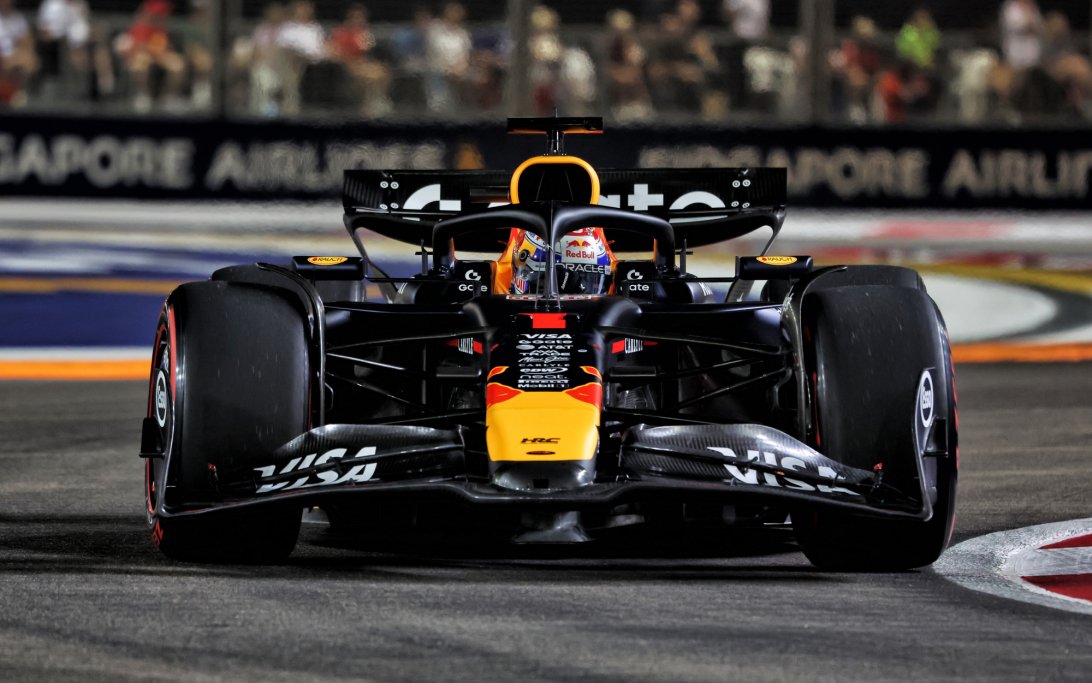
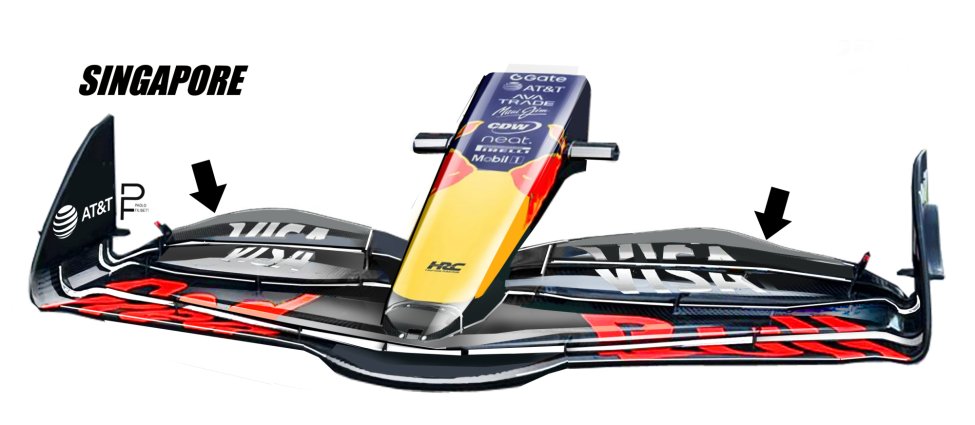
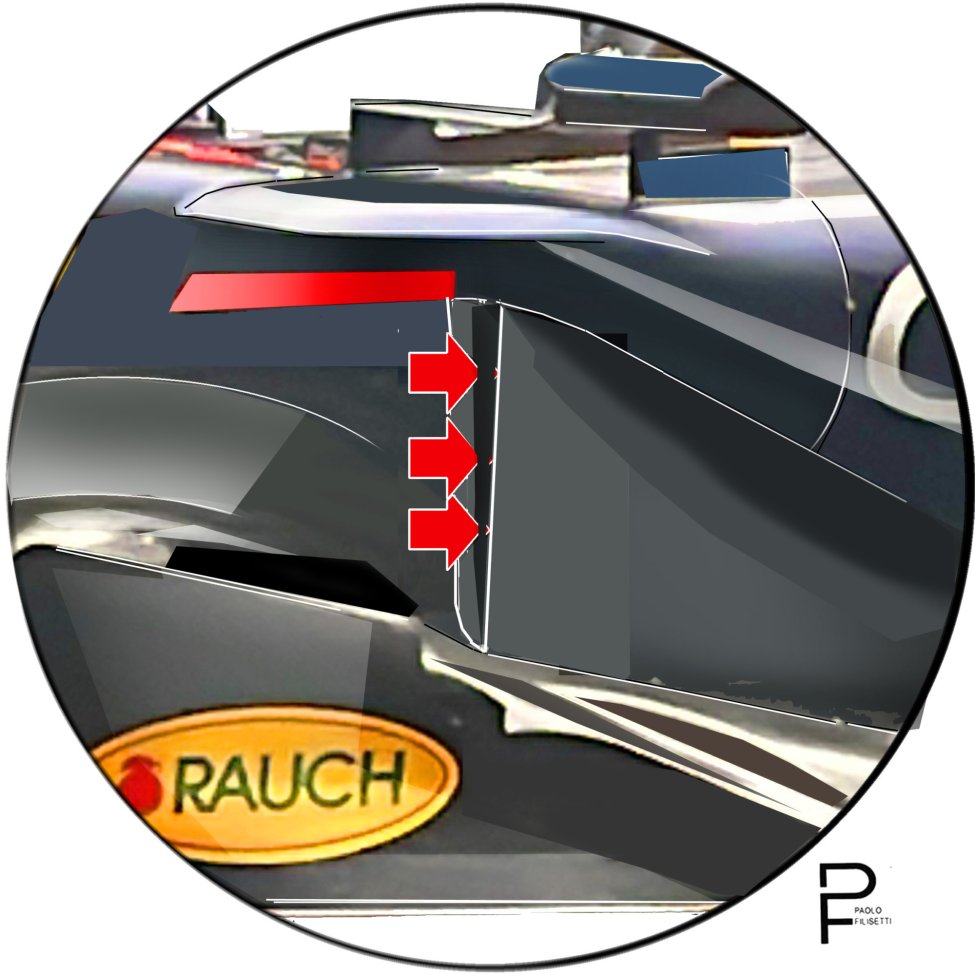
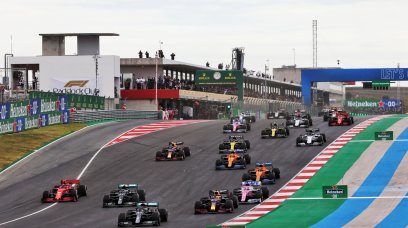
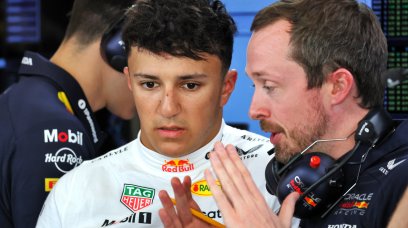
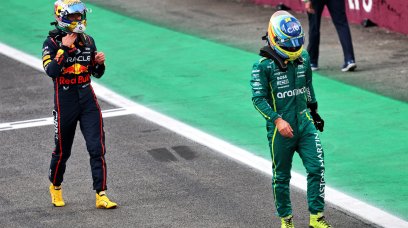
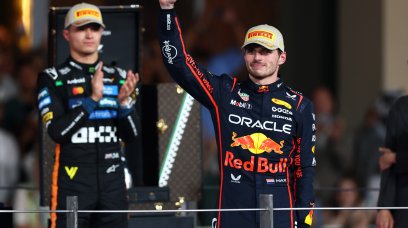
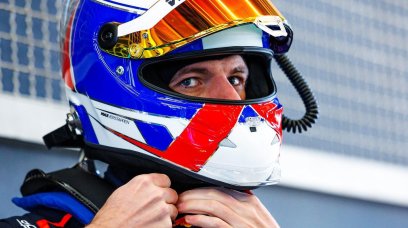
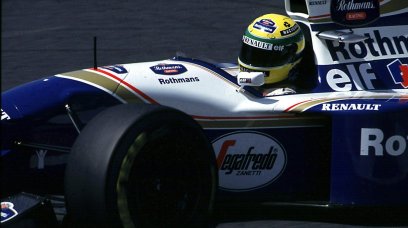
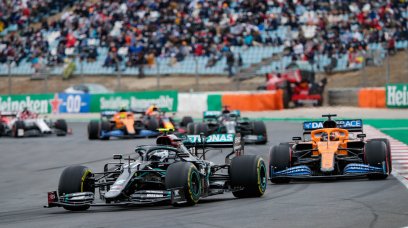
Join the conversation!